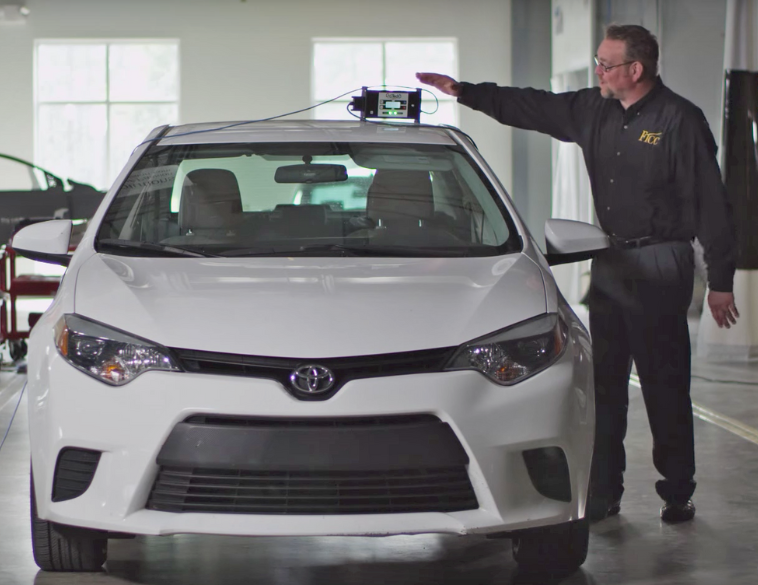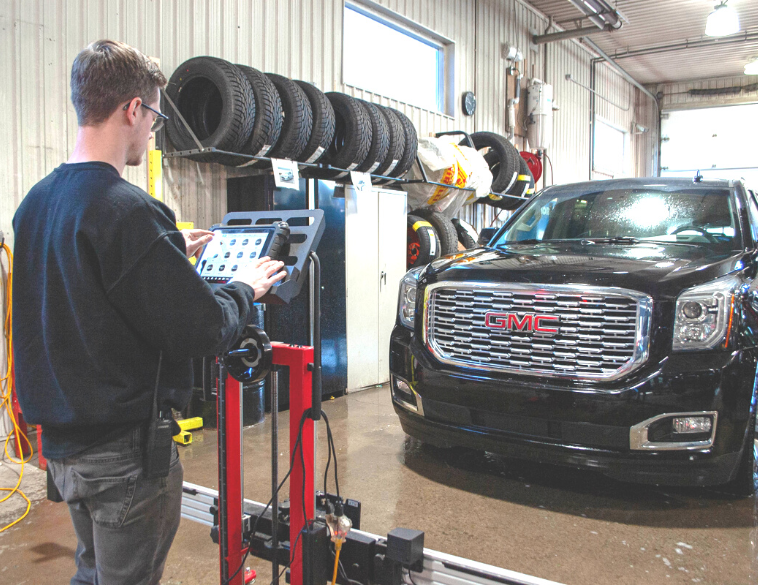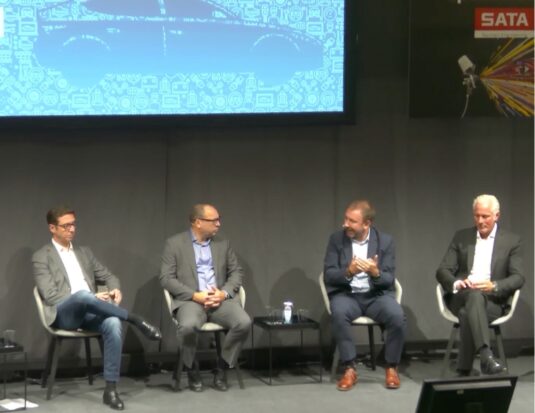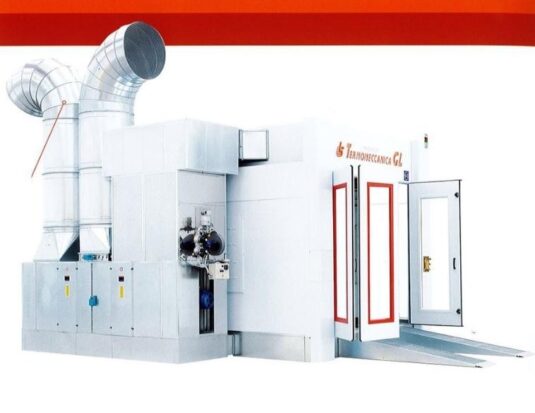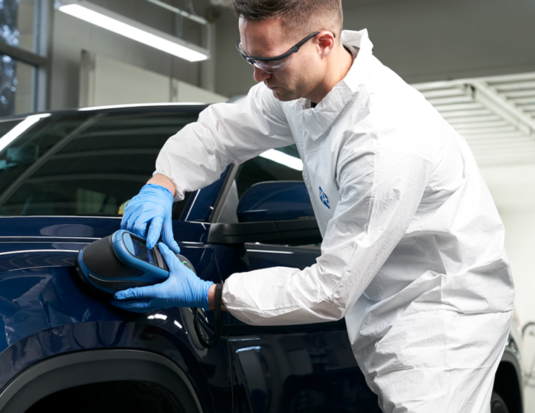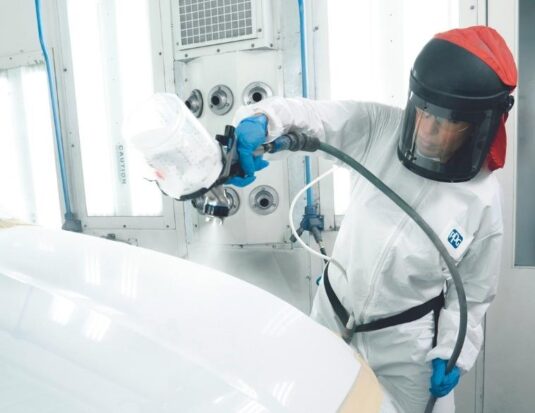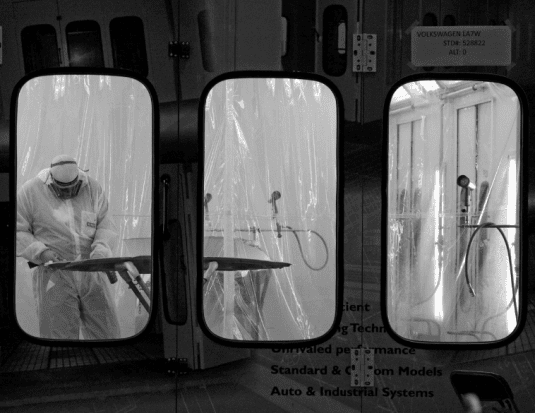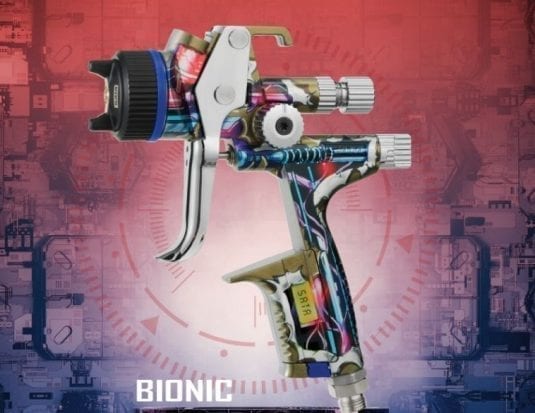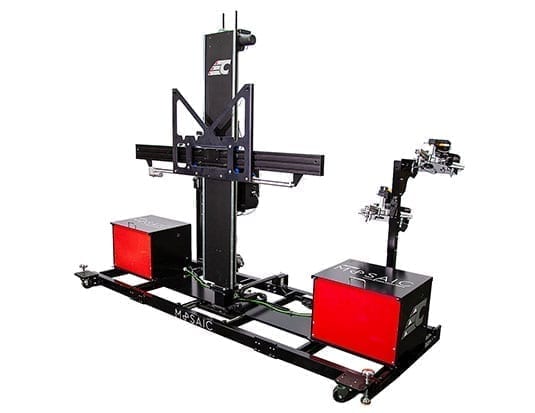Automotive collision technology
It’s never been more difficult for car body shops to repair the many types of vehicles that pass through their facilities. Modern collision repair is a science, and we’ve moved so far beyond simply choosing the right automotive paint or even windshield chip repair. In fact, something like a chip on windshield repair is child’s play compared with the challenges modern vehicles pose.
Collision avoidance systems
Today’s collision repair professionals must not only be able to deal with basics like body repairs and frame straightening, but they must also understand the many complex technologies that make up the modern ADAS collision avoidance systems and ADAS driver assistance systems, available on a growing number of vehicles. Car collision avoidance systems are complex and complicated. This means that anyone working in the bodywork sector, must have at least a fundamental understanding of how these systems work, and where on a car anti collision sensor technology can be found. At a mere minimum, this will prevent sensors from being damaged accidentally while the vehicle is being worked on. When it comes to collision avoidance, cars equipped with forward collision avoidance assist technologies, or any frontal collision avoidance system, as well as a rear collision avoidance system, has numerous sensors that need to not only function, but they must all be pointing in the right direction. That’s where ADAS recalibration (Advanced Driver Assistance Systems calibration) comes into play. In order for a car collision sensor, or collision avoidance sensors, to work properly, then need to be calibrated whenever they’re replaced. In order for the collision prevention system to function properly, each camera and sensor must face in exactly the right direction. That’s why collision repair technology needs to keep up with collision avoidance technology. An active collision avoidance system will only work if the collision repair professional who fixed it, did so properly.
Car repair technology
A damage assessment report, put together by a qualified auto damage appraiser, should include details about how the auto collision avoidance system was compromised, and which auto repair technology will be needed to fix it and calibrate it properly. An automotive collision avoidance system might be equipped with a forward-facing camera. Maybe there’s car security camera too. It’s the body shop’s responsibility to have the equipment and the know-how to reposition those cameras so they see exactly what the automatic collision avoidance system needs them to see. The collision detection system in cars depends on a number of sensors. The car collision detection system might have numerous forward collision sensors, rear sensors, and sensors that monitor other parts of the vehicle. Here again, for the collision detection in cars to work properly, all sensors must be properly installed and properly calibrated. As anti collision systems for cars continue to improve, and as auto collision technology advances, auto body repair technology will have to keep up, and the men and women who fix these systems, and calibrate them, will have to keep up with their training. Welcome to the new normal.


